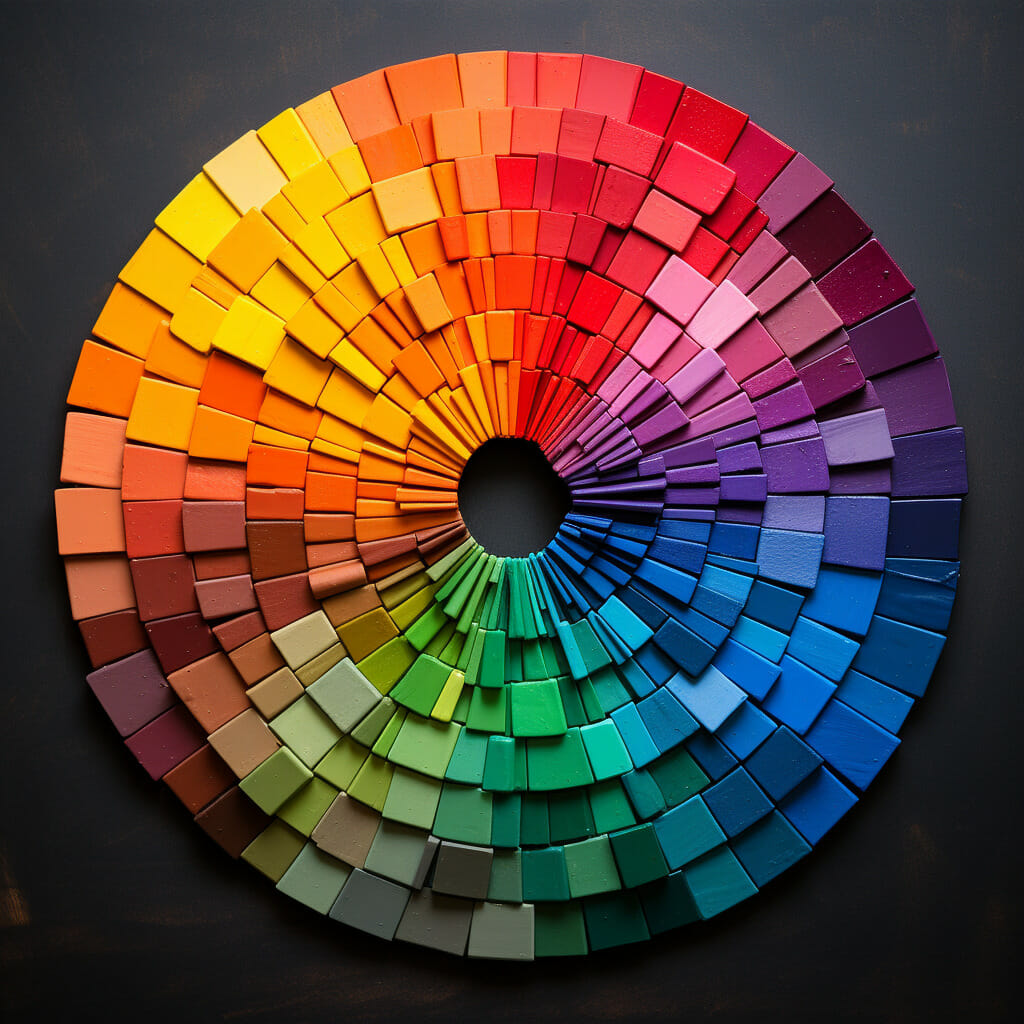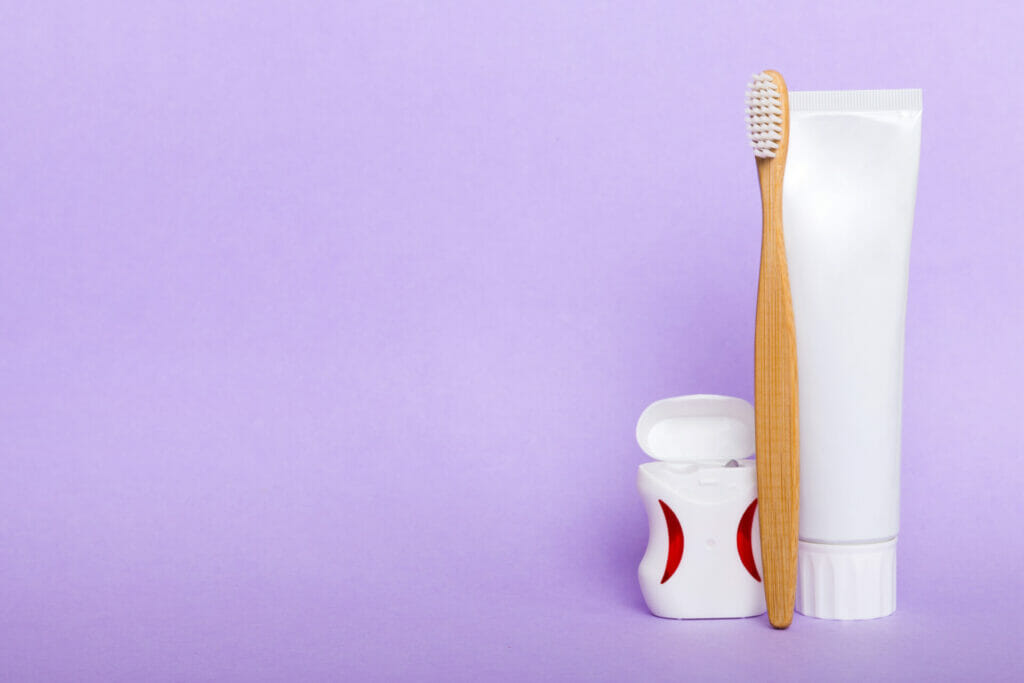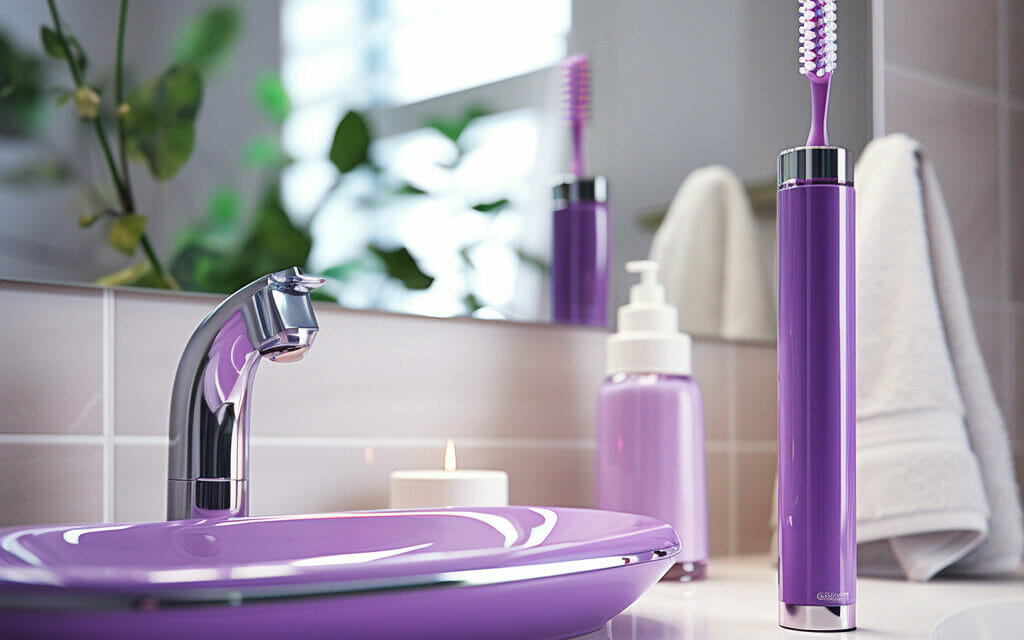Keywords: purple toothpaste, teeth whitening, dental hygiene, color theory
If you’ve been scrolling through social media or browsing beauty articles, you may have come across the trend of using purple toothpaste for teeth whitening. But does this colorful paste really live up to its claims? In this comprehensive guide, we’ll dive deep into the science behind purple toothpaste and separate fact from fiction. Get ready to unveil the truth about this intriguing dental product.
I. Understanding Color Theory

To comprehend how purple toothpaste works, we need to explore the principles of color theory. Purple is located opposite yellow on the color wheel, making them complementary colors. According to Mark S. Wolff, Dean at the University of Pennsylvania School of Dental Medicine, when complementary colors are placed together, such as purple and yellow, they cancel each other out. This concept serves as the foundation for the use of purple toothpaste to counteract yellow stains on teeth.
II. The Science Behind Purple Toothpaste
Purple toothpaste, like Popwhite Purple Power Duo, utilizes the color wheel rather than traditional whitening agents like hydrogen peroxide. Developed by a makeup artist and dental scientist duo, this innovative system harnesses the power of color correction. The toothpaste and mouthwash duo work in tandem to fade stains by depositing purple pigments on the teeth’s surface.
III. How Purple Toothpaste Works
Unlike traditional whitening products that alter the tooth structure, purple toothpaste creates an optical illusion. By leaving a thin layer of purple film on the tooth’s surface, it tricks the eye into perceiving whiter teeth. It’s important to note that this effect is temporary and does not change the actual color of the teeth.
IV. Debunking Myths: Is Purple Toothpaste a Dye?

One common concern about purple toothpaste is whether it will permanently stain the mouth. Rest assured, purple toothpaste is not a dye. While it may temporarily dye the lips and tongue, these pigments can be easily removed with a washcloth or toothbrush. Any lingering purple tint usually fades within 15 minutes.
V. Effectiveness of Purple Toothpaste
Purple toothpaste can provide immediate results, making teeth appear whiter after use. However, it’s crucial to understand that the whitening effect is purely cosmetic. The purple pigments mask the appearance of yellow stains, but they do not actually whiten the teeth. Once the purple film is rinsed away or wears off, the teeth will return to their original color.
II. The Science Behind Purple Toothpaste
Purple toothpaste, like Popwhite Purple Power Duo, utilizes the color wheel rather than traditional whitening agents like hydrogen peroxide. Developed by a makeup artist and dental scientist duo, this innovative system harnesses the power of color correction. The toothpaste and mouthwash duo work in tandem to fade stains by depositing purple pigments on the teeth’s surface.
III. How Purple Toothpaste Works
Unlike traditional whitening products that alter the tooth structure, purple toothpaste creates an optical illusion. By leaving a thin layer of purple film on the tooth’s surface, it tricks the eye into perceiving whiter teeth. It’s important to note that this effect is temporary and does not change the actual color of the teeth.
IV. Debunking Myths: Is Purple Toothpaste a Dye?

One common concern about purple toothpaste is whether it will permanently stain the mouth. Rest assured, purple toothpaste is not a dye. While it may temporarily dye the lips and tongue, these pigments can be easily removed with a washcloth or toothbrush. Any lingering purple tint usually fades within 15 minutes.
V. Effectiveness of Purple Toothpaste
Purple toothpaste can provide immediate results, making teeth appear whiter after use. However, it’s crucial to understand that the whitening effect is purely cosmetic. The purple pigments mask the appearance of yellow stains, but they do not actually whiten the teeth. Once the purple film is rinsed away or wears off, the teeth will return to their original color.
